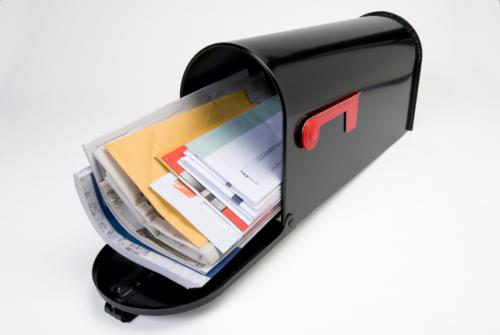
(image via drmg.ca)
On May 29, Google rattled the brains of marketers everywhere when they announced a new tabbed inbox for Gmail.
The new setup, for those not using Gmail, has up to five separate tabs to group emails: three main ones – Primary, Social and Promotions – and two optional additions – Update and Forums.
According to Google, the new inbox organizes emails in a way that lets users, “…see what’s new at a glance and decide which emails you want to read when.”
Marketers were not pleased. Many worried about their messages being automatically categorized under the Promotions tab.
Even though it is a bit early to analyze the impact of the new Gmail tabs on email marketing, initial data is interesting
According to litmus.com, since the advent of tabs there has been a 7.75% decrease in Gmail opens.
This may seem like evidence that tabs are impacting opens but as an email marketer you need to consider where Gmail users open their messages. Many are using Apple Mail, Outlook or mobile devices – environments that don’t support the tabbed interface.
Indeed, the tabbed Gmail inbox is only present in the Gmail webmail client and other Gmail apps for Android and iOS.
Litmus.com, analyzed nearly 5 million opens. They found:
- 66% of Gmail opens occur on mobile devices, with only 19% opened in a web browser.The remaining 15% of Gmail opens occur on desktop email clients.
- The number one email client for Gmail users is the iPhone’s built-in mail program, with 34% of all Gmail opens.
- Android is at number two position with 20% of opens, followed by the Gmail webmail interface at 19%.
- Only 19% of Gmail opens actually occur in Gmail.
These findings clearly indicate that there is still hope for email marketing.
Impact by engagement level
Another study, by Return Path, also supports the notion that the rollout of Gmail’s new tabs features has not greatly impacted email marketing.
The study shows that Gmail users with medium levels of engagement read 10.55% of their marketing emails before the launch of the new tab and 9.81% of their marketing emails after the rollout. This small difference was partially offset by the fact that the spam mails decreased significantly and that users received more of the mail sent to them. In other words, inbox placement rates increased slightly after rollout.
Return Path compared Gmail users’ read rates in the first week of Tabs’ general rollout with data from the previous 17 weeks, and found:
- The rollout of the new Gmail tabs feature did not significantly affect moderately engaged email marketing recipients (88% of all users); however it did impact the read rates of highly engaged and less engaged consumers.
- Gmail users who routinely engaged with marketing emails before the launch of the new Gmail tabs feature (also 11% of all users) read a slightly higher percentage after Tabs’ rollout.
- Gmail users who didn’t routinely engage with marketing emails before the rollout (11% of all users), read even fewer commercial messages after the launch. The read rate for these users went down from 2.19% to 0.42%.
How Gmail new tabs feature will impact email marketing
Many industry experts are (rightly) of the opinion that it’s too early to determine how the new tabs will impact email marketing response rates. Many suggest we need to wait at least 12-18 months to see which way the wind is blowing. This is perfectly reasonable in our view.We hope some of the Chicken Littles will, at least for awhile, stop saying the damn sky is falling. Email remains a powerful marketing channel and core activity of inbound marketing.


Join the discussion One Comment